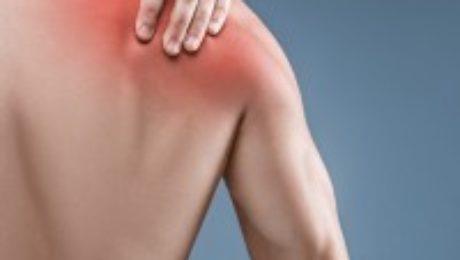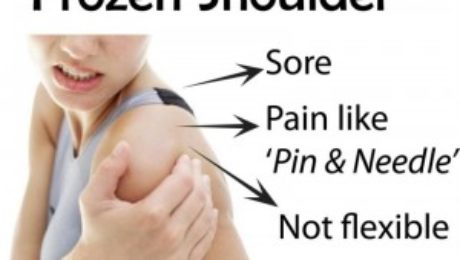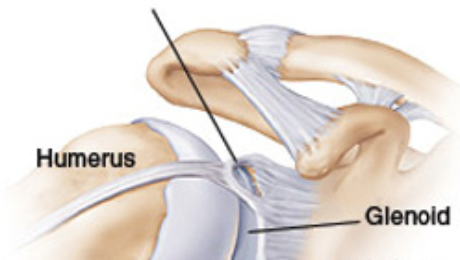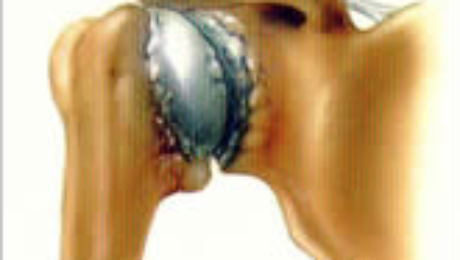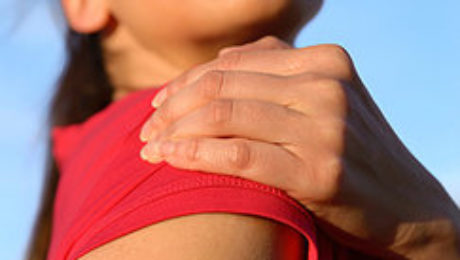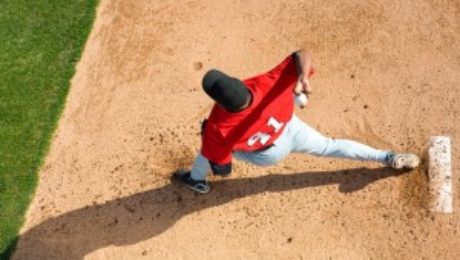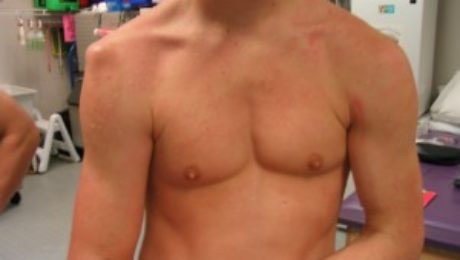Shoulder Instability Explained by an Arizona Specialist
Saturday, 22 April 2017
Shoulder instability means the shoulder joint is not stable, and slides around too much in the socket. For some patients, the unstable shoulder slips out of the socket, which is caused subluxation. If left untreated, shoulder instability leads to shoulder joint arthritis. What parts of the shoulder are affected by instability? The shoulder is made
- Published in shoulder instability, Shoulder Surgery
No Comments
Overview of Frozen Shoulder Treatment in Arizona
Monday, 20 February 2017
Frozen Shoulder Syndrome Frozen shoulder is a painful, chronic condition characterized by loss of motion and inflammation. This condition results from injury, trauma, or previous shoulder surgery. How common is frozen shoulder syndrome? Frozen shoulder syndrome is not common among young people. However, it is usually found in the 40+ age group,
- Published in Shoulder Surgery
Overview of Labral Tear Repairs from an Arizona Orthopedic Surgeon
Friday, 17 February 2017
Labral Tear Repair Labral repair is a surgery use to correct damage to the shoulder joint cartilage. Labral tears are a common type of sports injury, and they often occur along with shoulder dislocation. Overhead throwing athletes are at high risk for labral tears. What is the labrum? The labrum in the
- Published in Shoulder Surgery, Sports Medicine
Shoulder Sports Injury Overview from an AZ Orthopedic Surgeon
Wednesday, 15 February 2017
Shoulder Sports Injuries When someone has a shoulder injury, the trunk and spine are also affected. The main goals of treating a shoulder sports injury are to regain proper shoulder joint stability and to re-establish the patient’s kinetic chain (muscles and joints extending from the core of the body to the hand). All trunk
- Published in shoulder instability, Shoulder Surgery, Sports Medicine
FAQs on Stem Cell Procedures for Rotator Cuff Bursitis
Thursday, 12 January 2017
Stem cell and PRP procedures for rotator cuff bursitis are counted among the most advanced medical treatment modes. It prevents pain and disability from taking over your rotator cuff while initiating natural healing. An alternative to surgery, stem cell therapy for rotator cuff bursitis is minimally invasive and facilitates faster recovery. What are stem cells?
- Published in Sports Medicine, Stem Cell Therapy
Arthroscopic Debridement and Resurfacing of the Glenoid
Saturday, 09 January 2016
Arthroscopic debridement and resurfacing of the glenoid joint is a form of shoulder surgery. The glenoid is a part of the scapula (shoulder blade) is a shallow, articular surface located on the lateral aspect of the scapula. Debridement is the process of removing debris, excessive tissue, loose bodies, and other structures from the shoulder joint.
- Published in Shoulder Surgery
Shoulder Arthroscopy and Decompression with an Arizona Orthopedic
Thursday, 10 December 2015
Shoulder arthroscopy and decompression is used to treat shoulder impingement, which occurs when the rotator cuff muscles and tendons are squeezed by the surrounding shoulder structures. This surgery decompresses the rotator cuff tendons so the patient can have normal mobility and pain relief. How do I prepare for shoulder arthroscopy? Before the procedure, you must
- Published in Shoulder Surgery, Sports Medicine
What Are The Surgical Options For Frozen Shoulder?
Monday, 21 September 2015
You must have surely felt the pain associated with frozen shoulder, if you come in the late 40s and early 70s age bracket. What is frozen shoulder? Characterized by pain, stiffness and loss of motion in the shoulder, this is a disorder which commonly affects women between 40-70 years of age, although men aren’t exempt
- Published in Shoulder Surgery
All You Need To Know About Throwing Injuries
Tuesday, 08 September 2015
Although uncommon, people of all ages can suffer from throwing injuries at any point in their lives. The injuries typically range from strained muscles, to tears and sometimes even fractures. The parts that are the most affected are normally the elbow or shoulder of the appendage, but the severity of this injury is highly dependent
- Published in Orthopedic, Shoulder Surgery, Sports Medicine
Problems Resulting From Shoulder Dislocation
Monday, 24 August 2015
Mostly, shoulder dislocations occur following a sports injury or a fall. What happens when a shoulder dislocates is that the tendons that connect the muscles to the bone and the ligaments that connect bones together, become torn or stretched. The symptoms of shoulder dislocation are; Swelling Bruising Numbness Tingling Weakness in the fingers, arm, hand
- Published in Shoulder Surgery
- 1
- 2

